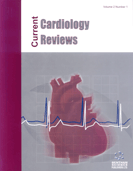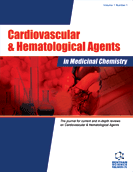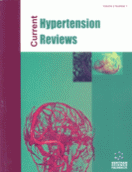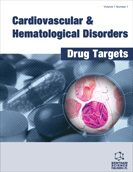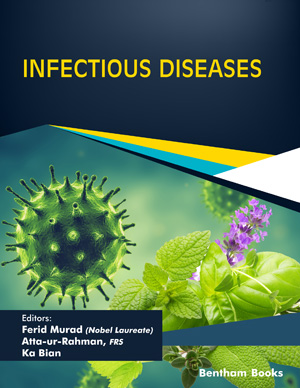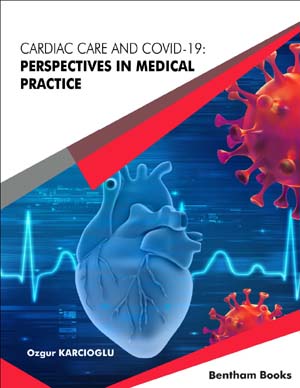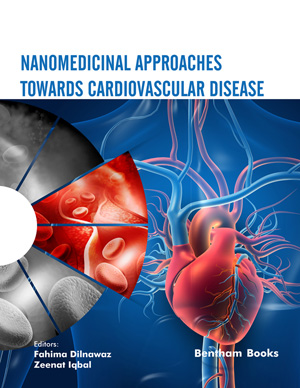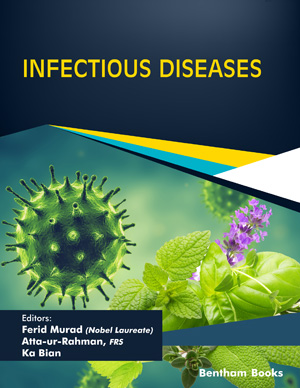Abstract
Percutaneous coronary intervention has become a mainstay in the treatment of patients with coronary artery disease in recent years. However, restenosis, incomplete revascularization, and progression of disease continue to cause a need for a clinical functional assessment in order to reduce morbidity. Angiographic systematic follow-up should nowadays be considered a valuable approach only to monitor small groups of very high risk patients. Although coronary CT angiography seems able to non-invasively image the coronary artery lumen, but the presence of a stent could limit visualization of coronary morphology. Recurrence of symptoms itself has low sensitivity and specificity for detection of restenosis and myocardial ischemia. Exercise testing may provide useful information on symptoms and functional capacity of the patient; however, it is poorly diagnostic of restenosis and myocardial ischemia with a low level of sensitivity and specificity. Conversely, the significantly increased sensitivity and specificity obtained by stress nuclear, echocardiographic or magnetic resonance imaging provide great advantage for clinical assessment of these patients. Additional advantages of stress imaging are the ability to assess location and extent of myocardial ischemia regardless of symptoms as well as to evaluate patients who are unable to exercise or who have an uninterpretable electrocardiogram. Furthermore, the clear superiority of stress imaging with regard to specificity and predictive value for postrevascularization events makes this functional approach of paramount importance for assessing prognosis of such patients.
Keywords: Percutaneous coronary intervention, PTCA, coronary angiography, coronary CT angiography, myocardial scintigraphy, stress echocardiography
Current Cardiology Reviews
Title: Which are the Best Follow-Up Strategies for Patients Who Undergo Percutaneous Coronary Interventions?
Volume: 3 Issue: 3
Author(s): Alfredo R. Galassi, Salvatore Azzarelli, Salvatore Davide Tomasello, Giombattista Barrano, Miriam Cumbo and Corrado Tamburino
Affiliation:
Keywords: Percutaneous coronary intervention, PTCA, coronary angiography, coronary CT angiography, myocardial scintigraphy, stress echocardiography
Abstract: Percutaneous coronary intervention has become a mainstay in the treatment of patients with coronary artery disease in recent years. However, restenosis, incomplete revascularization, and progression of disease continue to cause a need for a clinical functional assessment in order to reduce morbidity. Angiographic systematic follow-up should nowadays be considered a valuable approach only to monitor small groups of very high risk patients. Although coronary CT angiography seems able to non-invasively image the coronary artery lumen, but the presence of a stent could limit visualization of coronary morphology. Recurrence of symptoms itself has low sensitivity and specificity for detection of restenosis and myocardial ischemia. Exercise testing may provide useful information on symptoms and functional capacity of the patient; however, it is poorly diagnostic of restenosis and myocardial ischemia with a low level of sensitivity and specificity. Conversely, the significantly increased sensitivity and specificity obtained by stress nuclear, echocardiographic or magnetic resonance imaging provide great advantage for clinical assessment of these patients. Additional advantages of stress imaging are the ability to assess location and extent of myocardial ischemia regardless of symptoms as well as to evaluate patients who are unable to exercise or who have an uninterpretable electrocardiogram. Furthermore, the clear superiority of stress imaging with regard to specificity and predictive value for postrevascularization events makes this functional approach of paramount importance for assessing prognosis of such patients.
Export Options
About this article
Cite this article as:
Alfredo R. Galassi , Salvatore Azzarelli , Salvatore Davide Tomasello , Giombattista Barrano , Miriam Cumbo and Corrado Tamburino , Which are the Best Follow-Up Strategies for Patients Who Undergo Percutaneous Coronary Interventions?, Current Cardiology Reviews 2007; 3 (3) . https://dx.doi.org/10.2174/1573403X10703030190
| DOI https://dx.doi.org/10.2174/1573403X10703030190 |
Print ISSN 1573-403X |
| Publisher Name Bentham Science Publisher |
Online ISSN 1875-6557 |
 1
1
- Author Guidelines
- Bentham Author Support Services (BASS)
- Graphical Abstracts
- Fabricating and Stating False Information
- Research Misconduct
- Post Publication Discussions and Corrections
- Publishing Ethics and Rectitude
- Increase Visibility of Your Article
- Archiving Policies
- Peer Review Workflow
- Order Your Article Before Print
- Promote Your Article
- Manuscript Transfer Facility
- Editorial Policies
- Allegations from Whistleblowers
- Announcements
Related Articles
-
Actions of Rho-Kinase Inhibitors in Cardiovascular Diseases
Current Enzyme Inhibition Molecular Interplay between Platelets and the Vascular Wall in Thrombosis and Hemostasis
Current Vascular Pharmacology Contrast Echocardiography: An Update on Clinical Applications
Current Pharmaceutical Design Non-viral Delivery Systems for the Application in p53 Cancer Gene Therapy
Current Medicinal Chemistry Potential of Sulphur-containing Amino Acids in the Prevention of Catecholamine-induced Arrhythmias
Current Medicinal Chemistry Pharmacokinetic Study of Four Components in Rat Plasma After Oral Administration of Guanmaitong Granule by UPLC-MS/MS
Current Pharmaceutical Analysis Biology and Therapeutic Applications of Peroxisome Proliferator- Activated Receptors
Current Topics in Medicinal Chemistry Refined Echocardiographic Assessment and Contemporary Medical Treatment of Obstructive Hypertrophic Cardiomyopathy
Cardiovascular & Hematological Disorders-Drug Targets MicroRNA in Aging: From Discovery to Biology
Current Genomics Incretin Pharmacology: A Review of the Incretin Effect and Current Incretin-Based Therapies
Cardiovascular & Hematological Agents in Medicinal Chemistry MicroRNAs: A Critical Regulator and a Promising Therapeutic and Diagnostic Molecule for Diabetic Cardiomyopathy
Current Gene Therapy Would Polymorphic Variants of Dopamine-2 Receptor Gene (DRD2) and Serotonin Transporter Gene (SERT) be a Common Genetic Risk Factor for Comorbid Drug Abuse and Myocardial Ischemia? A Hypothesis- generating Study
Current Pharmacogenomics and Personalized Medicine Anti-Arrhythmic Properties of N-3 Poly-Unsaturated Fatty Acids (n-3 PUFA)
Current Medicinal Chemistry Shoulder Manifestations of Diabetes Mellitus
Current Diabetes Reviews Erythropoietin Signaling and Neuroprotection
Current Signal Transduction Therapy Beta-Blockers and Nitrates: Pharmacotherapy and Indications
Cardiovascular & Hematological Agents in Medicinal Chemistry Colchicine in Coronary Artery Disease: An Old Acquaintance in New Attire?
Current Medicinal Chemistry Inflammation, Atrial Fibrillation and Cardiac Surgery: Current Medical and Invasive Approaches for the Treatment of Atrial Fibrillation
Current Pharmaceutical Design Stroke in Women - Oral Contraception, Pregnancy, and Hormone Replacement Therapy
Current Vascular Pharmacology New Frontiers in the Management of Acute Coronary Syndromes: Cangrelor and Elinogrel
Recent Patents on Cardiovascular Drug Discovery


